iPhone SE (2020) Review: $400 Whiplash
- Aggressive pricing
- Latest processor and Apple's track-record of updating iOS
- Premium metal & glass construction
- Single camera is solid but lacks features like Night Mode
- Display is small compared to other phones
- Budget for a better charger
Value may be subjective, but it's hard to argue that the new iPhone SE doesn't shake up what's reasonable to expect from a smartphone in 2020. Apple's most affordable phone is recycling refined to art, a blend of old and new with a barely-believable $400 price tag. Here's the thing about the iPhone SE, though. It may very well be the smartphone for you, but first you have to know what you want.
If you were an iPhone 8 user, the new iPhone SE will feel like a blast from the past. Same size, same design; if you have old cases still at the back of your desk drawer, they'll fit the 2020 phone, too. Touch ID felt like an annoyance rather than Face ID, right up until the point where we all started wearing face masks.
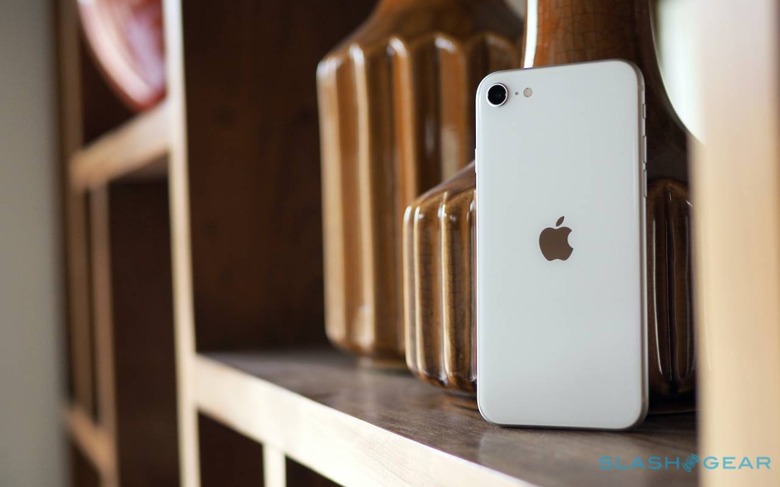
Like a $1,099 iPhone 11 Pro Max, the new iPhone SE runs iOS 13, the latest version of Apple's phone software. The prognosis for a long life of future iOS updates is healthy, too. iOS 13 supports everything back to the iPhone 6S, a device launched all the way back in 2015. Apple doesn't make outright commitments to how long it'll keep pushing new software for its old iPhones, but its track record here is night & day compared to the underwhelming job most Android phone-makers are doing.
There are a few foibles, mind. The iPhone SE has Haptic Touch – basically a long-press that summons a contextual menu – but for some reason that won't work on lock screen notifications. Lift the phone and the screen will turn on, but there's no tap-to-wake as on other recent iPhones.
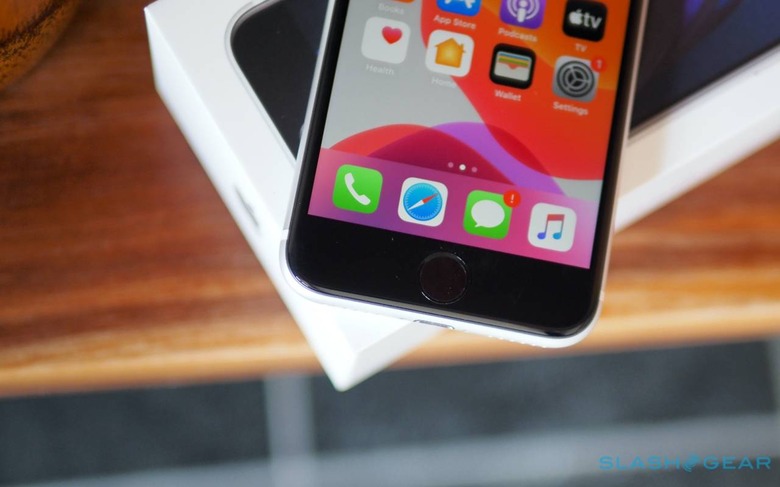
Modern flagships, phones that cost a lot more than four hundred American dollars, spoil us. We get to have it all, the big screen and the massive camera sensors and the huge battery and the fancy design. The lid of the chocolate box is thrown back, and we can dive in with our sticky fingers and greedy mouthparts and gobble, gobble, gobble until we're full.
It makes building a flagship and shopping for a flagship simple. All a manufacturer needs to do is fill the trough with the latest-and-greatest, and – though some of us may prefer the taste of the premium slurry at one end or another – the reality is that the meal is hearty regardless.
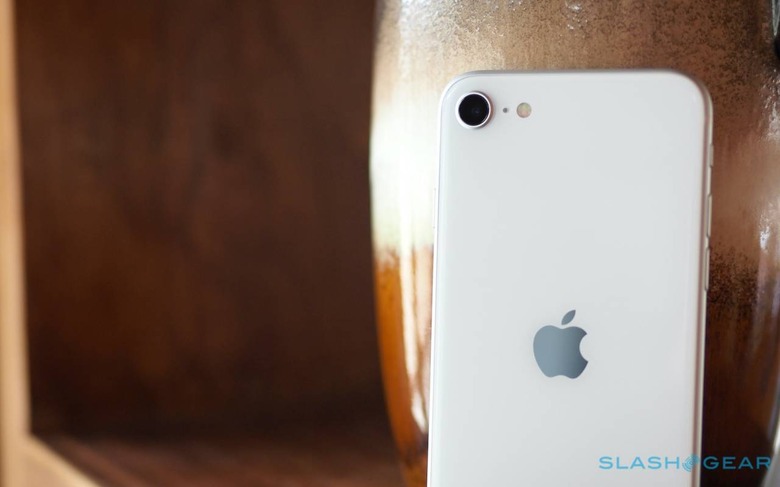
Any time you start to involve compromise, though, things get much harder. You want a cutting-edge camera and a sub-$500 price tag? Be prepared to sacrifice on the display, then, or the processor, or somewhere else. And frankly, no phone has swung me from one extreme to the other on the value/feature journey quite like the iPhone SE.
One moment I was marveling at how fast iOS feels on this latest-generation chip – the same chip they squeeze into the iPhone 11 Pro Max, for heavens sakes! – and laughing at the idea of dumb rubes paying anything more than they needed to. My hand may remember the feel of the iPhone 8, but the iPhone SE is leagues ahead in terms of how apps load and respond.
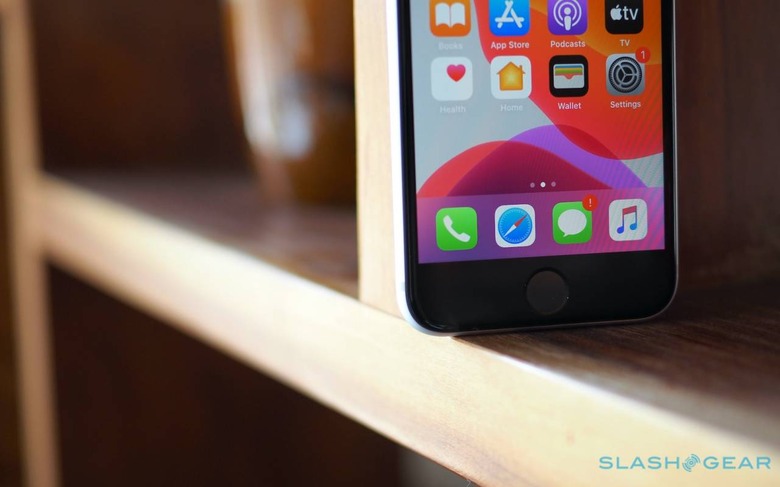
Next moment, of course, I was trying to figure out how we ever managed with screens this gosh-darned small, and bezels this chunky. Why we put up with a home button that demanded such a huge amount of space to itself. And where, dammit, was my optical zoom?
For all my formative years watching Sesame Street, it turns out I hate to compromise. And living with the iPhone SE, well, it's the ultimate invitation to pick your priorities.
Here's why you'd want it. It may not be quite as small as the original iPhone SE, but it feels far more pocketable than its iPhone siblings. The 4.7-inch display isn't OLED, but its LCD is crisp and bright, while the 1,334 x 750 resolution is perfectly fine for the size. The metal and glass body feels far more premium than the price would suggest, and it's IP67 water resistant too.
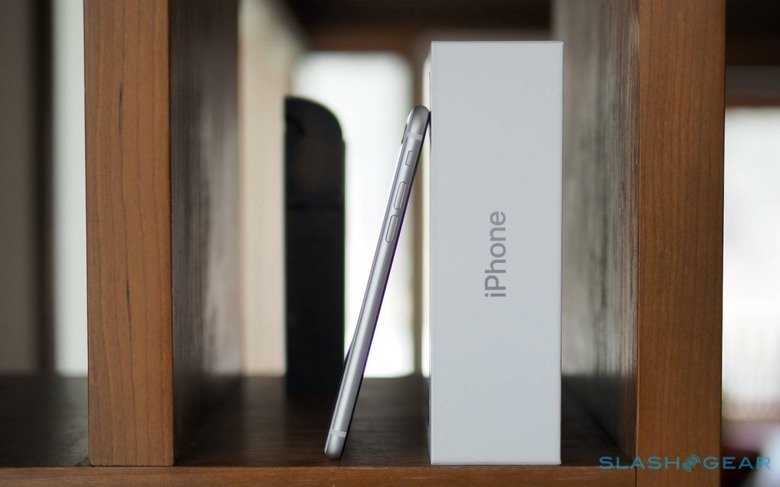
Apple couldn't fit as big a battery inside as its flagships, but the smaller screen is less demanding and so things balance out: I got about the same runtime as I did with the iPhone 11, so figure on a daily recharge. You can do that with the bundled 5W charger or with a wireless Qi charger. I'd argue coughing up a little more for an 18W charger is worth it, since the iPhone SE supports faster charging speeds and the cut in time is welcome.
Elsewhere, the compromises are a little clearer. There's a single camera on the back, offering 12-megapixels with OIS and support for up to 4K 60fps video. Apple doesn't like to talk about which exact sensor it's using, but it's clear that the improvements over the iPhone 8 come predominantly from the new Neural Engine in the A13 Bionic chipset, along with other software enhancements.
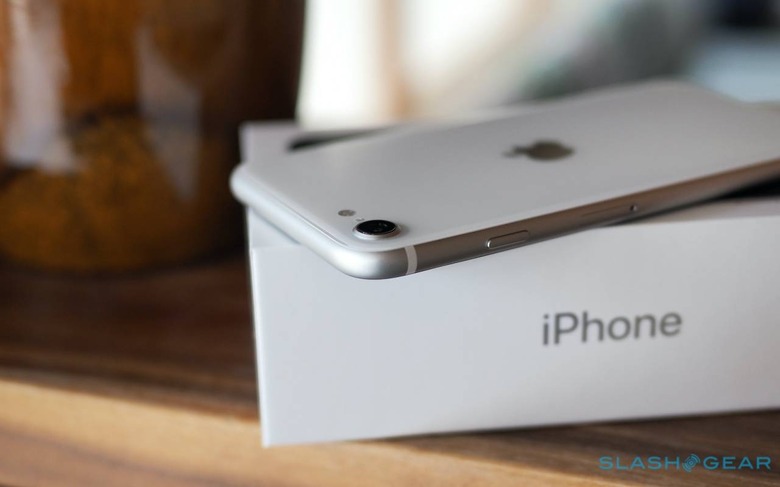
That includes Smart HDR, which promises to better balance light and dark areas in images. The iPhone SE taps the Neural Engine for its Portrait mode, too, relying on AI smarts to isolate people in the frame and do background blur, rather than twin cameras as on Apple's more expensive phones with 2+ cameras. You still get the six Portrait Lighting effects to choose between, mind, together with front-camera portrait selfies, and the end result is pretty impressive.
There's no optical zoom, though, nor an ultra-wide angle camera. Portrait mode is designed to work on people, at least out of the box; there are third-party apps which can expand that to pets and objects. You miss out on Apple's excellent night mode too, and indeed low-light shots fall behind in general. The size and price may make it a perfect candidate for taking on a night out – assuming we're ever allowed to do that again – but you may not be entirely pleased with the photographic results the morning after.
At the $399-plus-tax point, there's not much competing with the iPhone SE, particularly if you want to be in the iOS ecosystem. Apple deserves no small amount of credit for what it has achieved here, too. While glitzy features may make headlines, it's things like processor performance and a commitment to software updates that arguably best define your experience with a smartphone overall.
As you start to look at the more expensive versions, with more storage, though, your options begin to open up. Sticking with iOS, Apple will currently sell you a refurbished iPhone X for $599. Amazon has them "renewed" for $100+ less than that. Faced with the decision of a new 256GB iPhone SE at $549 or spending about that for a 64GB iPhone X, I think I'd go for the handset that gave me a bigger screen and a second camera.
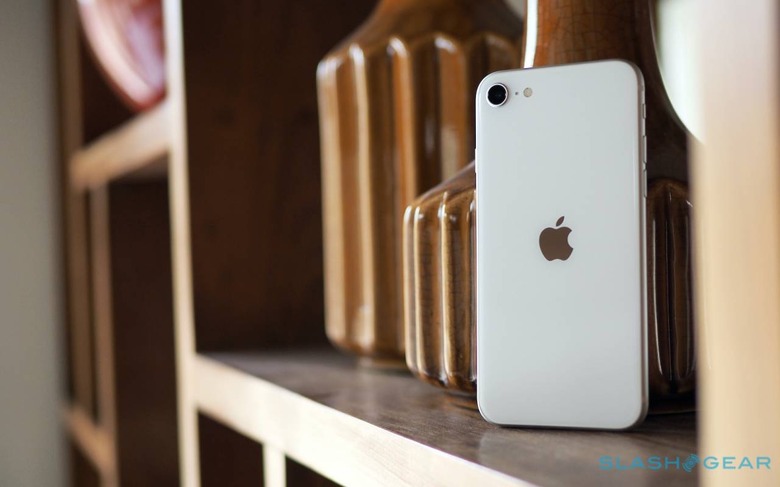
Like I said, though, in the midrange you pick your spot in the trough and figure out the meal that makes the most sense for you. What remains impressive is that Apple can do all this at all, for such a competitive price. About the closest Android rival I can think of attempting the same strategy is the Pixel 3a, and it asked a lot more by way of compromise.
At a time when four-figure smartphones are sounding at best tone deaf, a relatively affordable handset with the promise of both power and longevity stands out even more. Apple may not have orchestrated such a turn of events, but the new iPhone SE seems pitch-perfect for the state of the tech world today.










